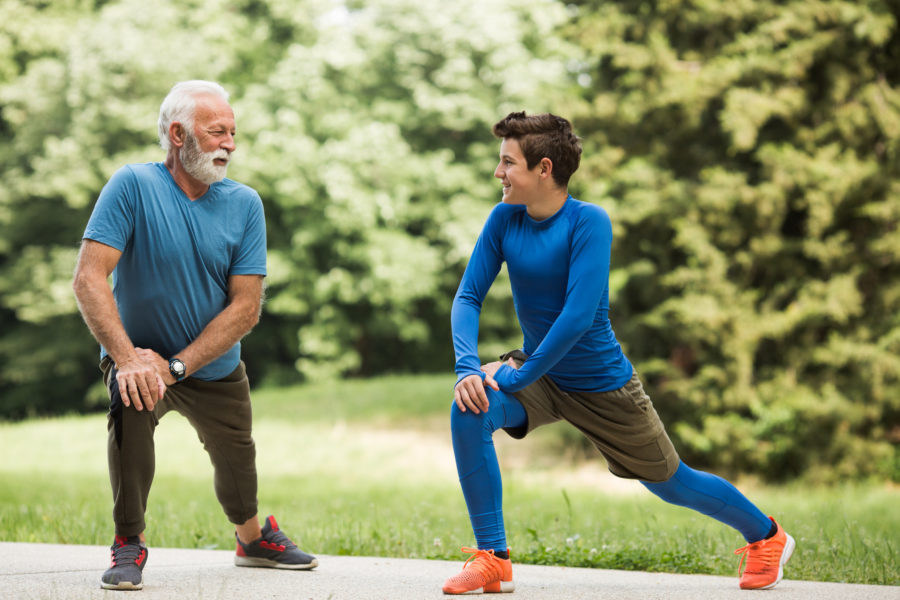Valley Sentinel – East Bay Community News
Issue: October 2021 | Page 8
WRITTEN BY Tami Anastasia, MA.
Of all the lifestyle changes that have been studied, regular physical exercise appears to be one of the best things that you can do to reduce your risk of getting dementia. The latest health advice from the Surgeon General and the Centers for Disease Control suggests that adults should exercise 30 minutes at least five days a week or for a total of 150 minutes per week.
This may not be welcome news for those who have difficulty motivating themselves to exercise. If you are one of those individuals, the following insights may help you understand what’s really keeping you from exercising and what changes you can make to increase your motivation.
Despite knowing the importance and benefits of exercise, over 60% of our population has difficulty motivating themselves to exercise? Some think it’s because of laziness, a lack of self-discipline, self-determination or will. The number one reason people give for not exercising is simply a lack of time. But is lack of time really the root of the problem? The difficulty in getting ourselves to exercise goes deeper.
If time isn’t the problem, what is? In a word, motivation. Whether we exercise or not depends on how we think about exercise and whether we have the motivation to do it. Consider the definition of motive: an emotion, desire, or physiological need that can incite one to action. Any course of action begins with motive and intent. To establish an enduring motive and intent, you may first need to let go of your belief in certain popular myths about exercise, such as:
- I have to exercise strenuously for it to be beneficial
- I have to exercise to lose weight
- If I’m not losing weight, I’m doing it wrong
- If I’m having fun, it’s not considered exercise
Begin to change your exercise habits by first replacing these beliefs with new ways of thinking about exercise and then by setting reasonable and attainable exercise goals. For example:
- Choose activities you enjoy (i.e. pleasure vs. boring)
- Exercise at a pace that is comfortable (i.e. invigorating vs. breathless)
- Exercise for a shorter period of time (i.e. 10 minutes vs. 1 hour)
- Combine exercise with another activity that is enjoyable (i.e. walk and listen to music)
- Choose exercises or activities that make your body feel good (i.e. comfort vs. pain)
The motivation to exercise has to come from within, and it must have personal significance. Place the value of exercise where it belongs; on the physiological and psychological changes that take place inside your body. Make a list. My list includes mental alertness, time to process my thoughts, opportunity to be outdoors, increased patience, more energy, better mood, and lack of need for medication.
Think about what internal needs exercise could meet for you. Focus on your current lifestyle patterns and see what you can change to add movement into your life. Ask yourself what would take the least amount of physical and mental energy. For example, walk 10 minutes twice a week, march in place with your walker during commercials, do Yoga or Tai Chi two to three times a week or chair exercises a few times a week. Start there. Don’t place pressure on yourself to do more until you have a desire to do more. Exercise is supposed to be fun and enjoyable. The more you like it, the more you’ll stick with it. Before you know it, you’ll be exercising 150 minutes per week.
Getting yourself to exercise is 95 percent mental and 5 percent physical. Doing something, no matter how small, is better than doing nothing at all.
If you need dementia caregiver support, please join my dementia support group or schedule your 30-minute consultation.
Connect with Tami
Get information, guidance, and support delivered to your inbox each month.

